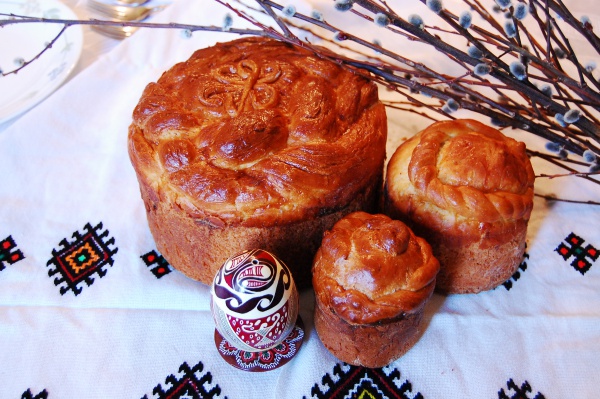Facts About Paska
Paska is a cherished Easter bread in Ukraine and other Eastern Orthodox countries with historical ties to the Byzantine Empire. It's also popular in countries with significant Eastern European communities, such as the United States, Canada, and the United Kingdom. The name "Paska" is derived from the Greek word "páska" and is linked to the Jewish holiday of Pesach. Interestingly, in some countries like Finland, the name is altered to avoid inappropriate connotations.
This bread is imbued with Christian symbolism, with its yellow and white swirls representing Jesus' resurrection and the Holy Spirit. Traditional Paska recipes call for ingredients such as milk, butter, eggs, flour, and sugar. In Romania, a variation known as pască includes sweet cream, cottage cheese, and sour cream. Typically, the bread is glazed with an egg and water mixture, giving it a shiny finish.
In Ukraine, Paska holds a central role in Easter celebrations. It is commonly placed in an Easter basket along with other ceremonial foods. These baskets are blessed on Holy Saturday, and their contents are enjoyed on Easter morning. Paska is often decorated with a white glaze and adorned with wheat grains or poppy seeds. Similarly, Assyrians in Iran and the diaspora also enjoy Paska cake during Easter.
Paska pairs wonderfully with hrudka, a sweet, custard-like cheese, and meats such as kielbasa or kovbasa. In Romania and Moldova, a similar dessert called pască is made for Easter. This version uses a cozonac dough base filled with fresh cheese, eggs, sugar, and sometimes sour cream, chocolate, or berries.

 Hungary
Hungary